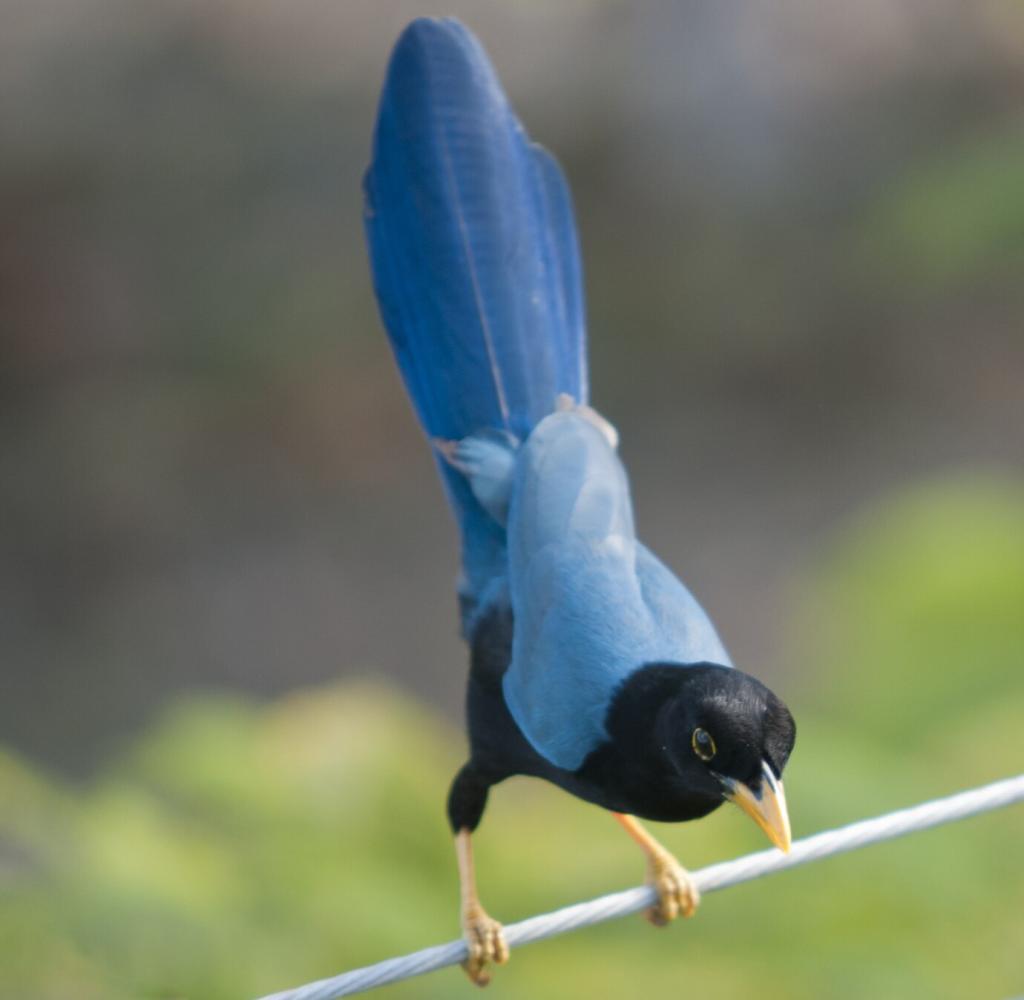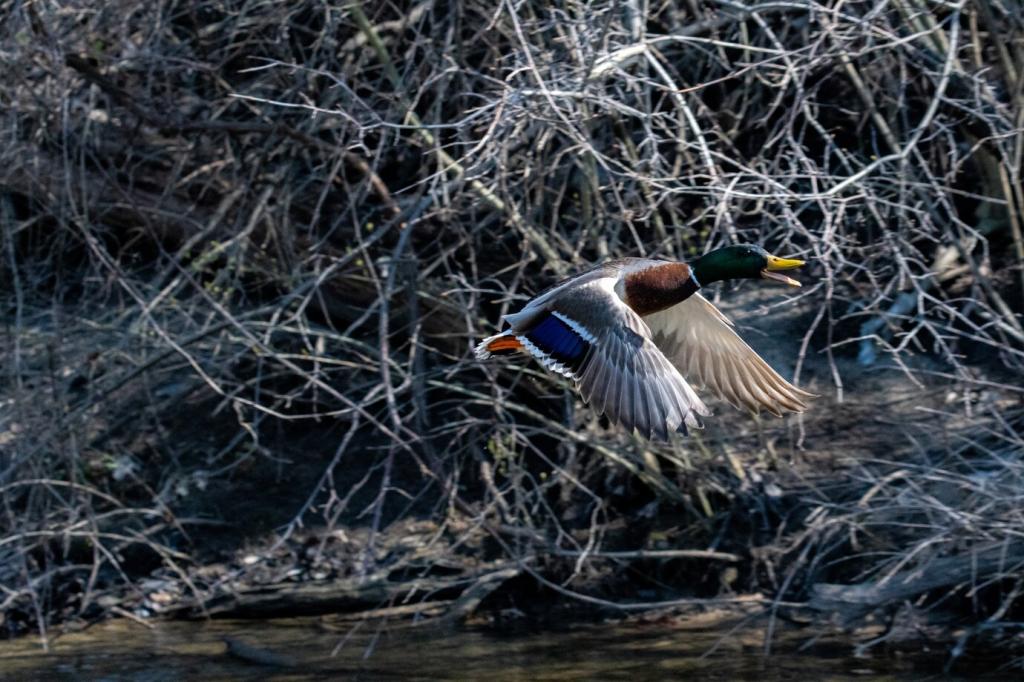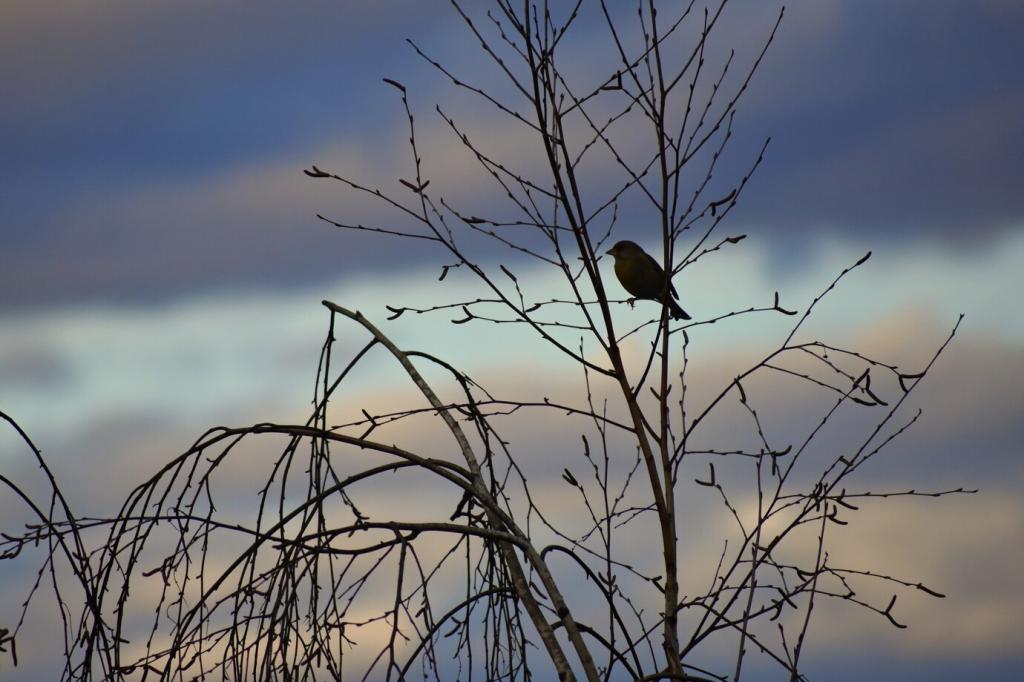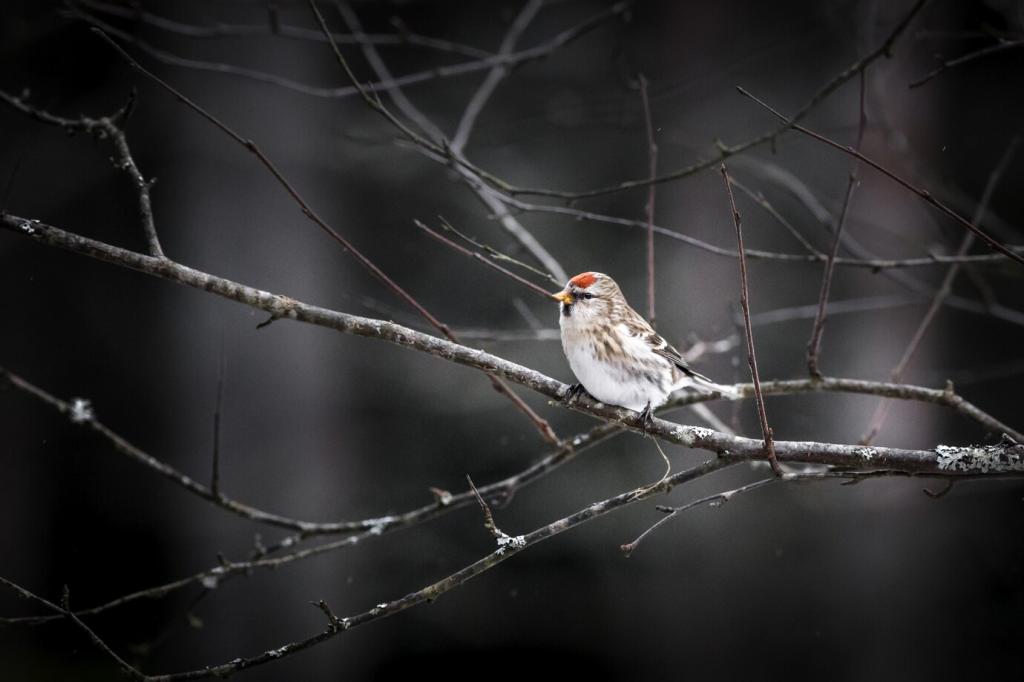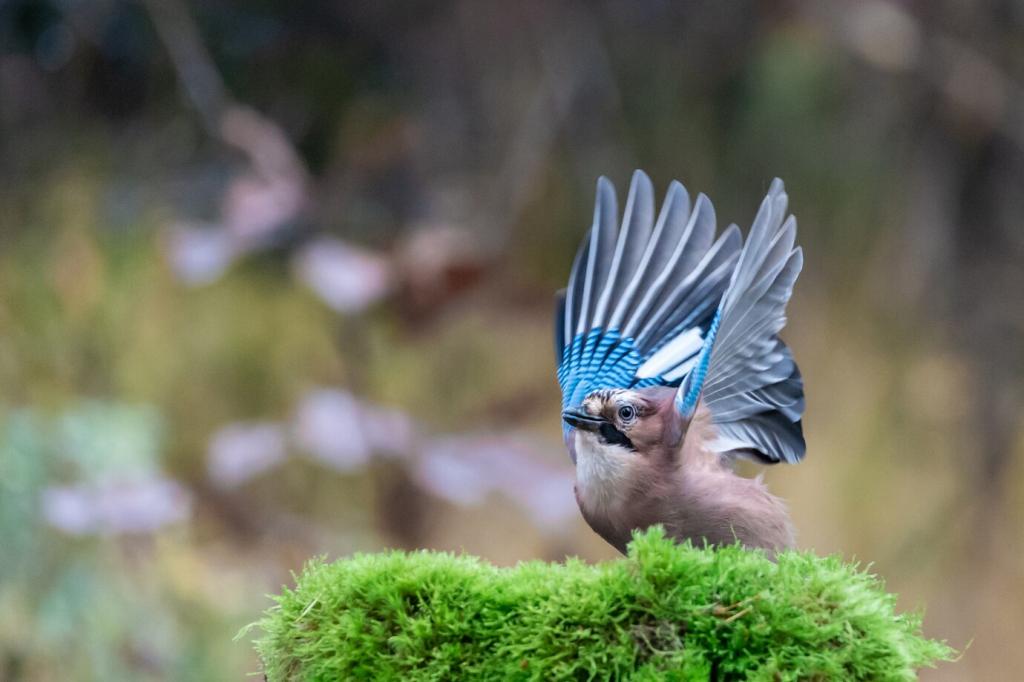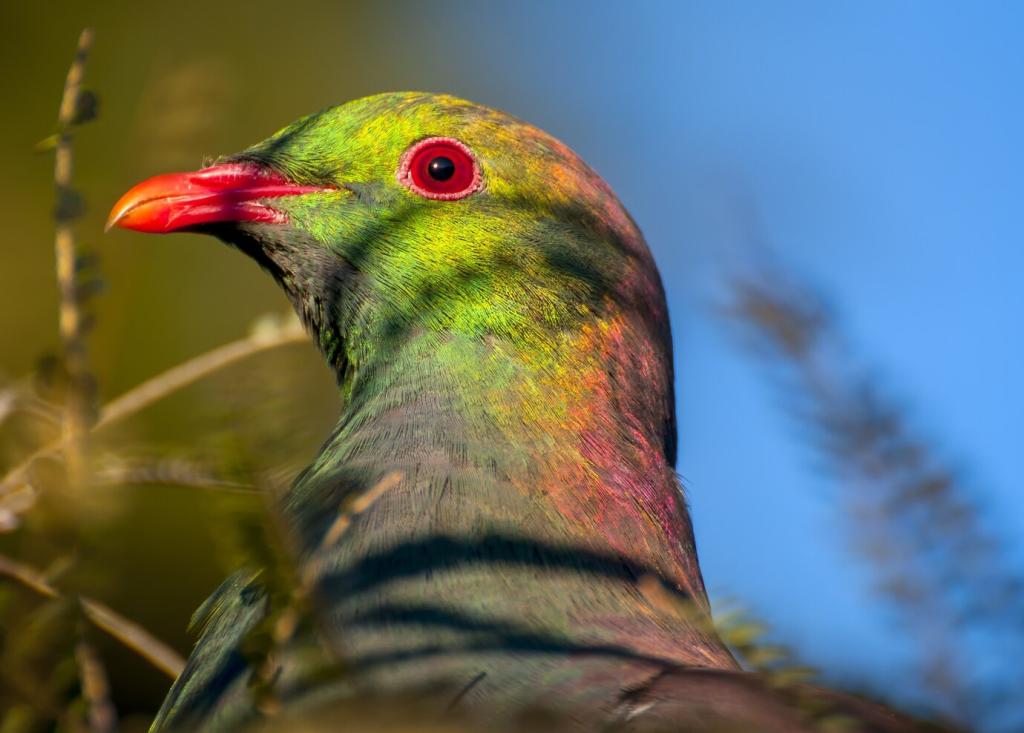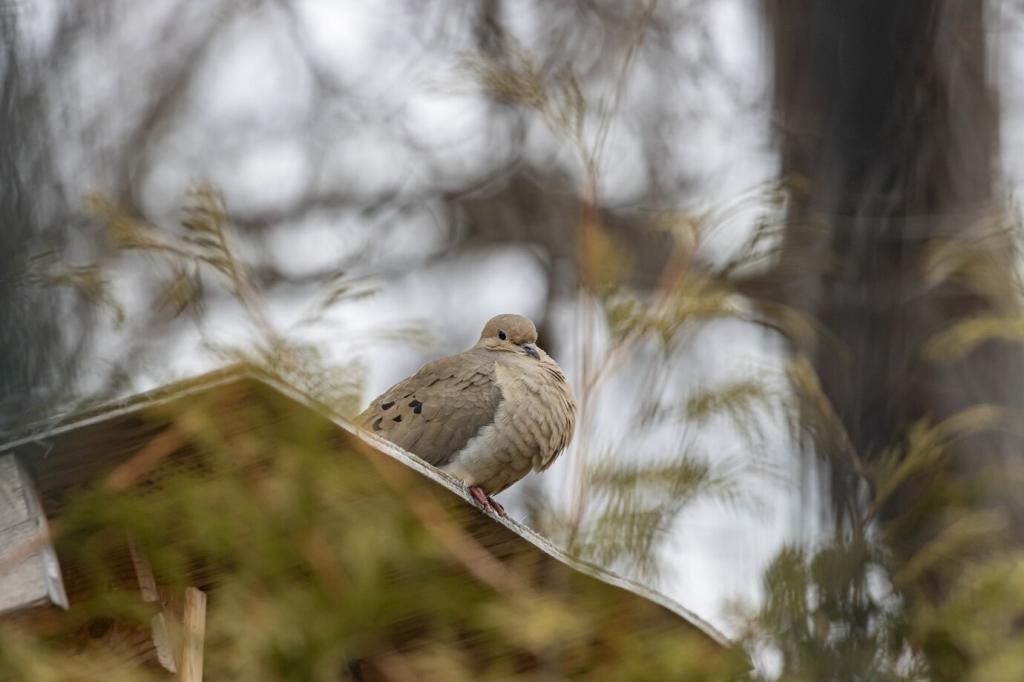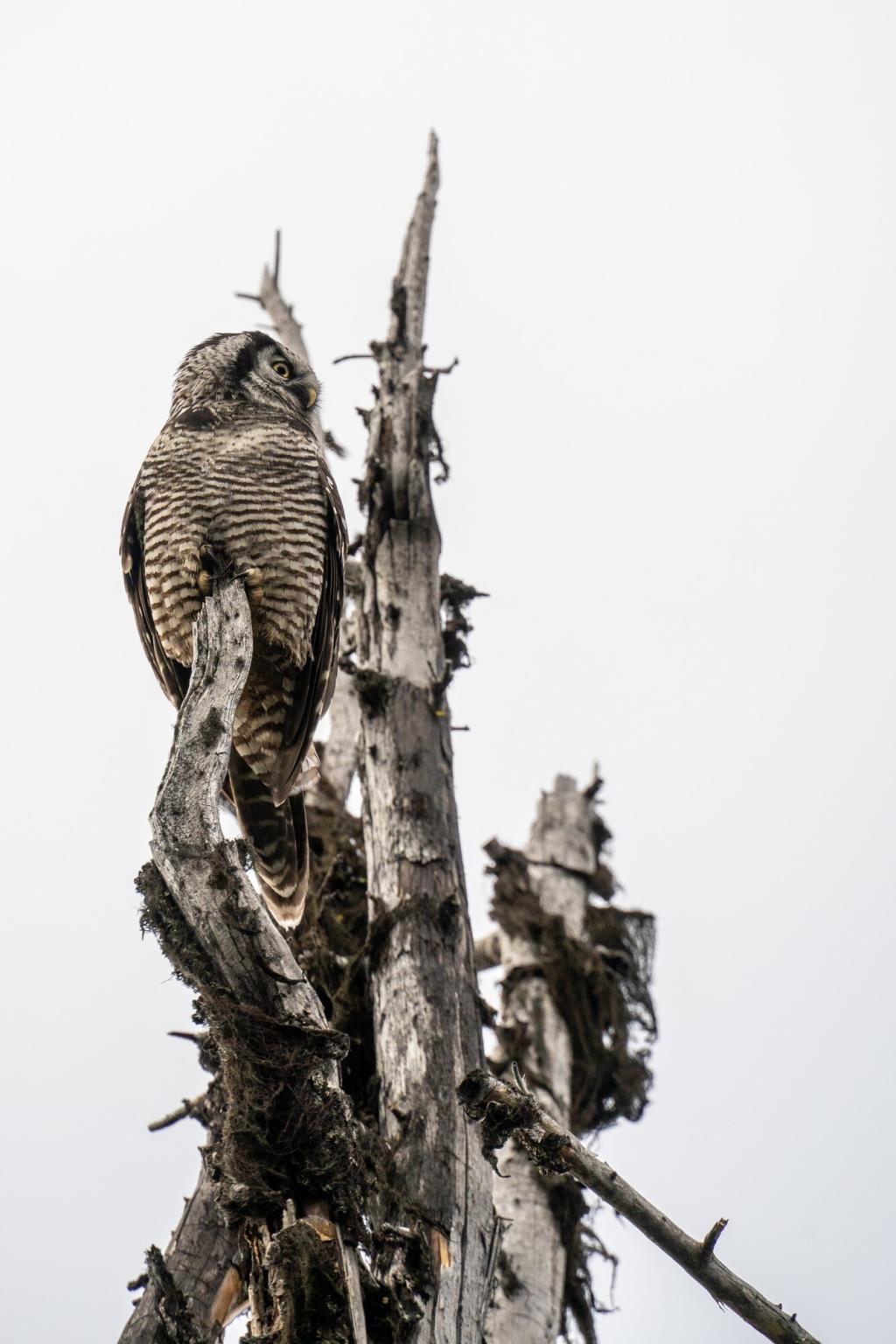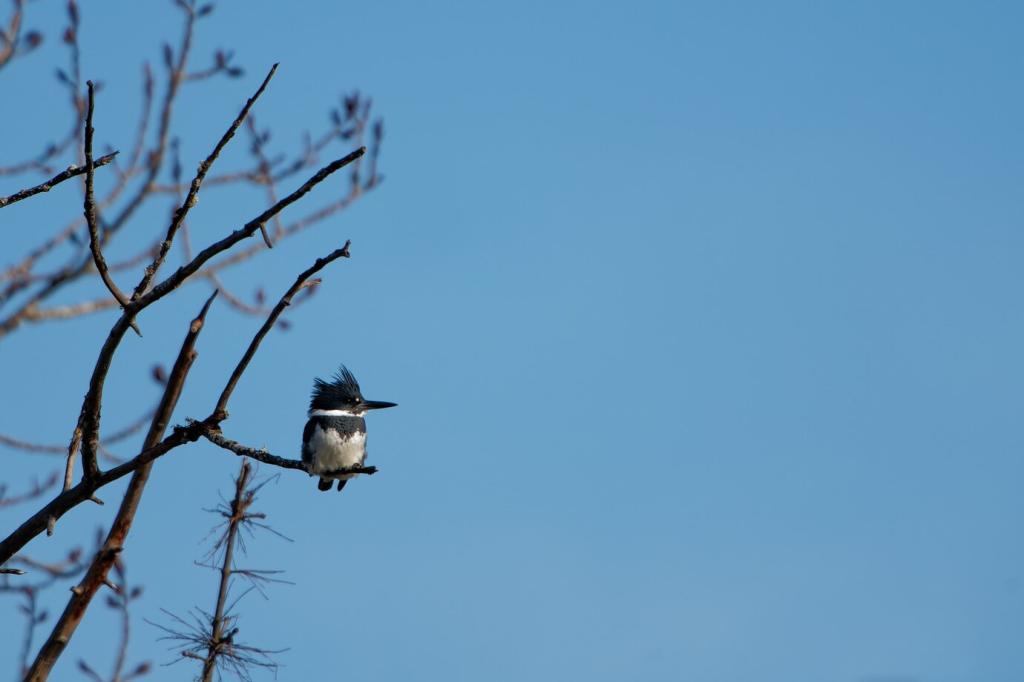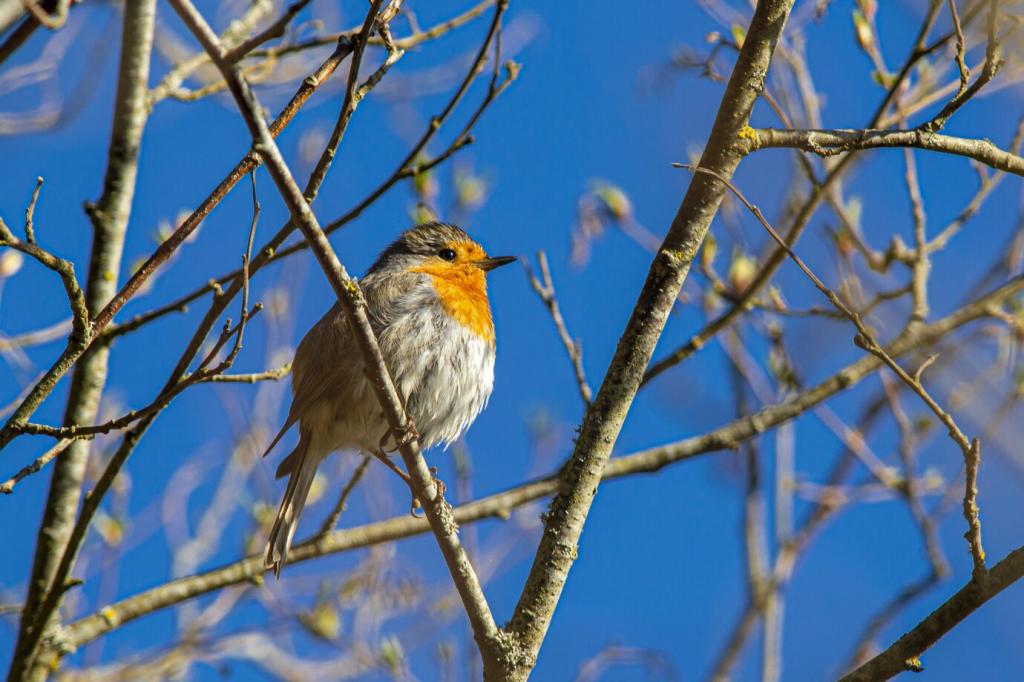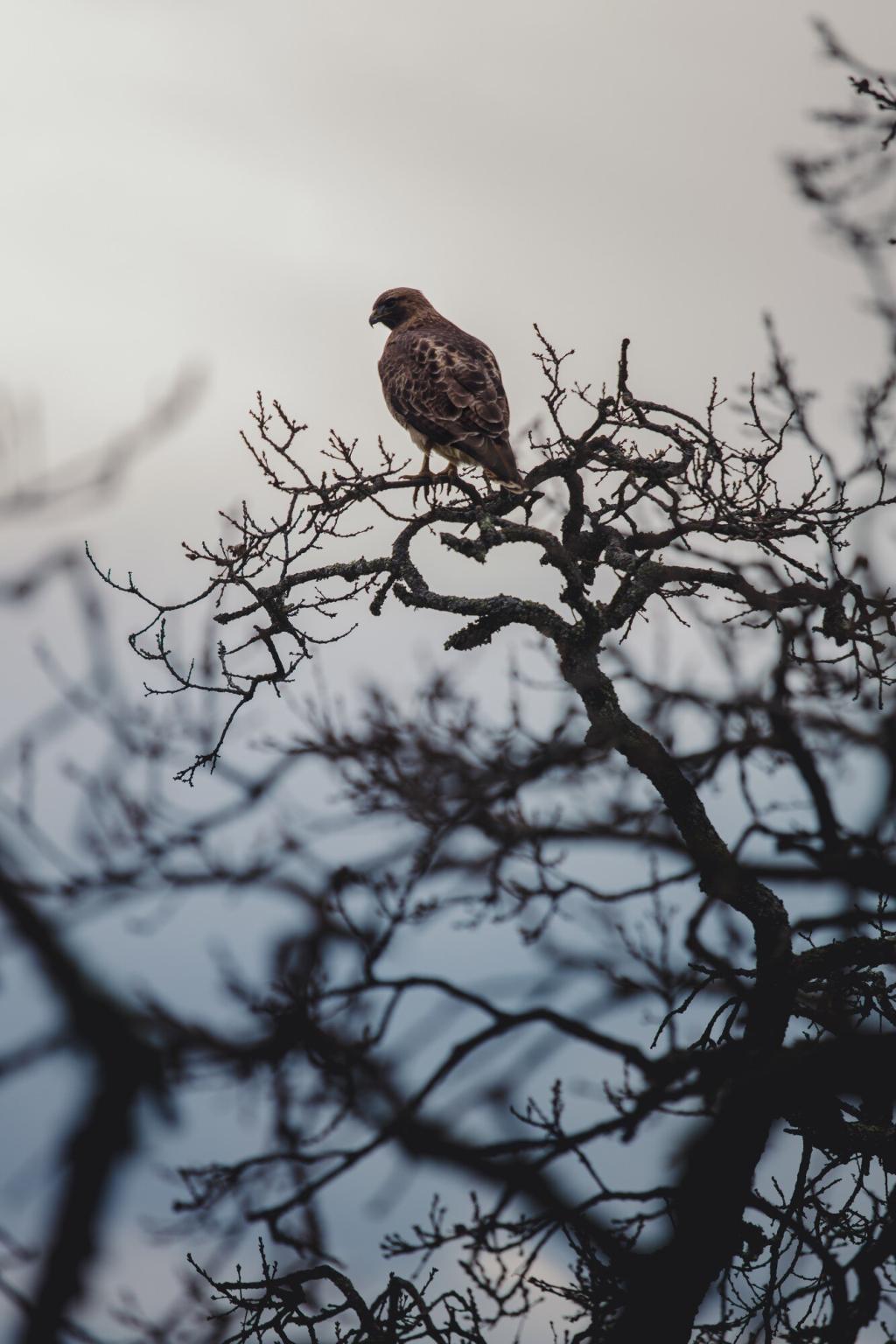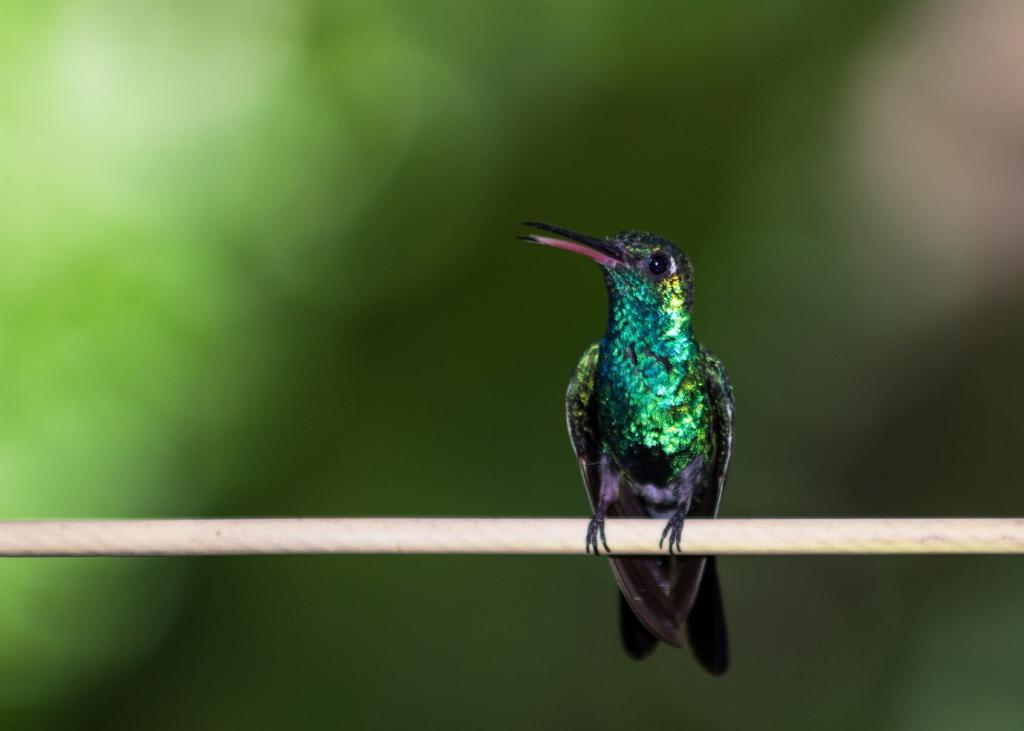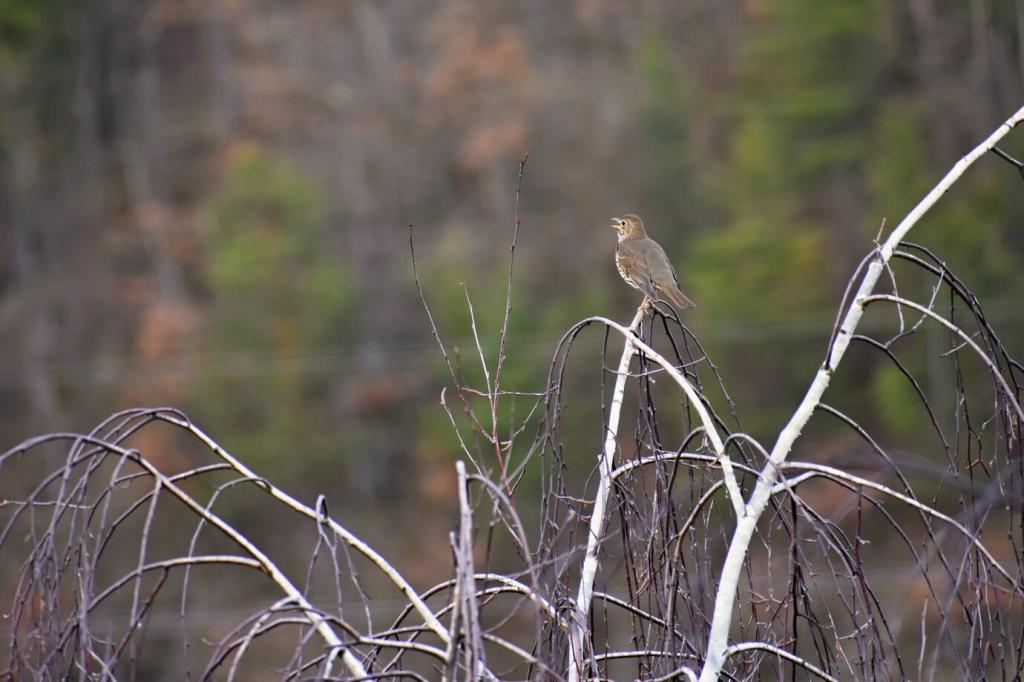Across Species: Speaking With Neighbors (Including Us)
Greater honeyguides use special calls to recruit humans, then lead them to wild hives. People reply with traditional sounds, forming a cooperative language. If your community practices this, record the call types and timing—your living knowledge enriches science and preserves culture.
Across Species: Speaking With Neighbors (Including Us)
Crows remember human faces and spread news of danger through scold networks. One encounter can ripple across a neighborhood. Share a non-invasive observation of a crow mobbing event, including time and trigger, and whether other species joined the chorus or stayed silent.

